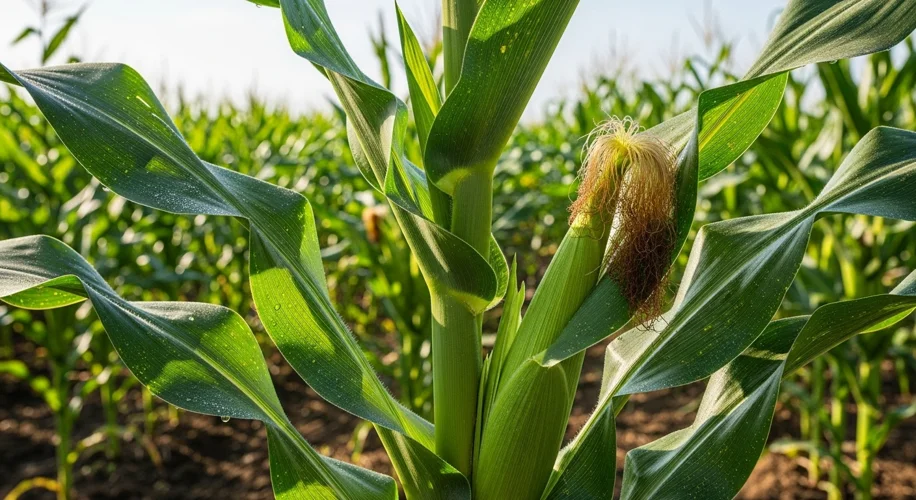Have you ever looked at a field of corn and wondered, ‘How does it grow so tall and green?’ As a climate scientist, I find myself thinking about this often, especially when I consider how environmental factors influence all living things, including our food.
It’s easy to think that plants just need sun and water, and while those are crucial, the reality is much more intricate. It’s a fascinating blend of biology, soil science, and even the subtle influences of our changing climate.
At its core, corn, like all plants, is a master of photosynthesis. This is the incredible process where plants use sunlight, water, and carbon dioxide from the air to create their own food – sugars. Corn plants are particularly good at this. They have a specific type of photosynthesis (called C4) that is very efficient in warm, sunny conditions, allowing them to pack a lot of growth into a relatively short season. Think of it as a high-performance engine for converting sunlight into biomass.
But photosynthesis is only part of the story. The plant needs more than just energy; it needs building materials. These come from the soil. Healthy soil is teeming with life – bacteria, fungi, and other microorganisms. These tiny helpers are essential. They break down organic matter, releasing nutrients like nitrogen, phosphorus, and potassium that the corn plant absorbs through its roots. The structure of the soil also matters. Good soil structure allows for proper aeration, which plant roots need, and it holds moisture effectively, providing a steady supply of water.
This is where environmental factors really come into play. Temperature is critical. Corn thrives in warm weather, but extreme heat can stress the plant, affecting pollination and overall yield. Rainfall patterns are also vital. Too little rain, especially during key growth stages, can stunt development. Too much rain can lead to waterlogged soils, which can suffocate roots and promote disease.
And this brings us to climate change. As scientists, we observe shifts in these crucial environmental factors. More extreme weather events – prolonged droughts in some areas, intense rainfall in others – can make it harder for farmers to grow corn consistently. Changes in average temperatures can also shift where corn can be grown most effectively, pushing traditional growing regions northward or requiring new farming techniques.
Understanding these elements – the plant’s internal machinery, the health of the soil, and the stability of our climate – is key to appreciating how corn grows. It’s a reminder of the complex web of life and environment that supports our food systems. For me, it underscores the importance of sustainable agricultural practices and climate-resilient farming methods. Ensuring healthy soils and adapting to changing weather patterns will be crucial for feeding a growing world.
What else in nature sparks your scientific curiosity? Let me know in the comments!

